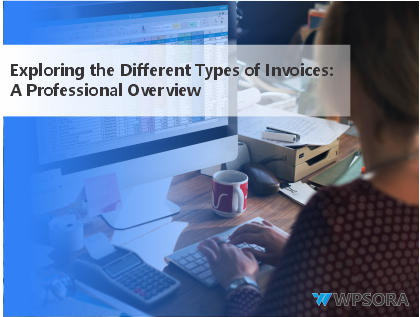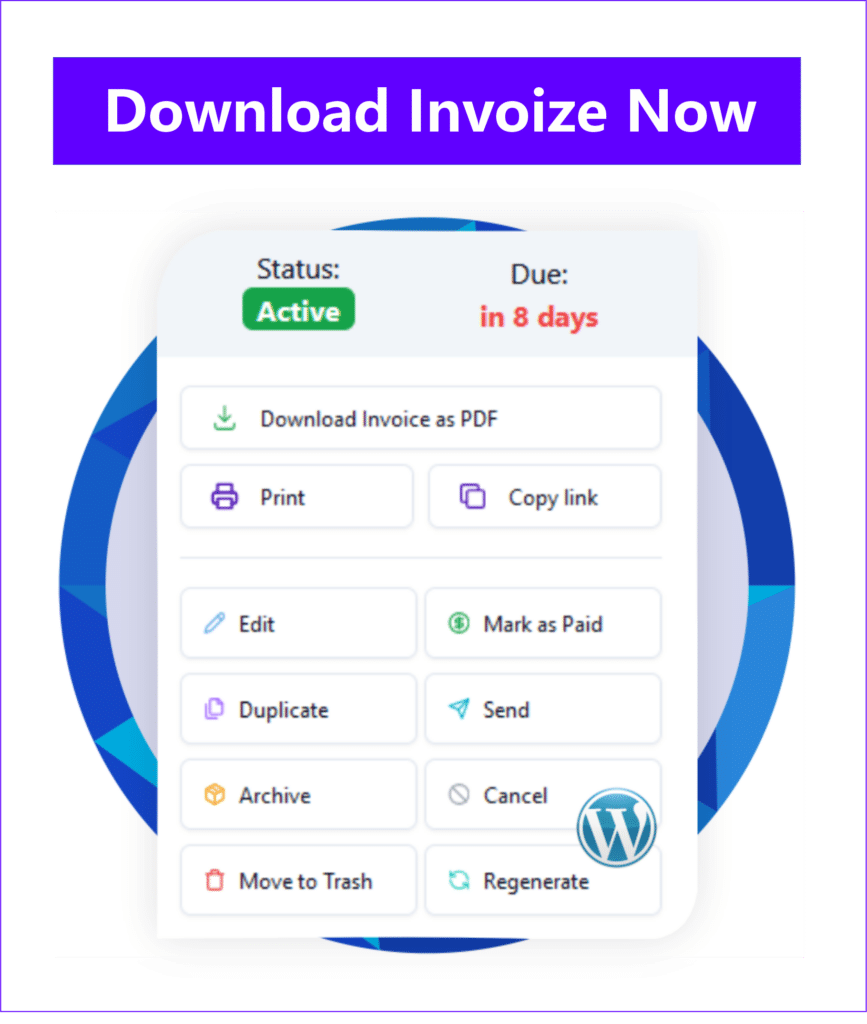An invoice is a vital commercial document that businesses issue to customers as proof of a transaction and a formal request for payment. It serves multiple purposes. First, it acts as a record of the sale. Second, it provides details about the products or services rendered. Finally, it outlines the payment terms. An invoice typically includes essential information such as the product or service name, the quantity sold, the agreed-upon price, payment terms, and the due date. Understanding the different types of invoices can significantly enhance your billing process, improve cash flow management, and foster better relationships with your clients.
Table of Contents
Types of Invoices
1. Standard Invoice
The standard invoice is the most common type for everyday transactions. Businesses use it to bill customers for products or services they have purchased. This straightforward document includes all necessary details, such as the invoice number, date, seller and buyer information, an itemized list of products or services, the total amount due, and payment terms. Because standard invoices are clear and simple, they are easy for customers to understand, which often ensures timely payments and reduces the likelihood of disputes.
2. Proforma Invoice
A proforma invoice is a preliminary document that businesses provide to customers before a transaction. While it is not an official billing document, it offers an estimate of costs and outlines the products or services to be delivered. This type of invoice is especially useful for securing transaction approval, particularly in industries where clients need budgetary approval before committing to a purchase. In addition, proforma invoices benefit international transactions because they provide a clear breakdown of costs, including shipping and taxes. This helps customers understand their total financial commitment before they proceed.
3. Recurring Invoice
Businesses issue recurring invoices periodically for services or products that customers purchase continuously. For example, common instances include software subscriptions, monthly utility bills, and weekly magazine fees. This invoice type simplifies the billing process for both the business and the customer by automating regular payments. Consequently, businesses can ensure consistent cash flow and reduce their administrative workload. Customers, in turn, appreciate the convenience of not having to remember to make payments each month, which leads to higher satisfaction and retention rates.
4. Debit Invoice
A debit invoice accounts for additional costs the customer has incurred. These may include extra products or services purchased, unlisted charges, or corrections to errors on the original invoice. This type of invoice ensures that all costs are accurately reflected and billed. For instance, if a customer orders additional items after the initial invoice, a debit invoice can be generated to include these new charges. This transparency helps maintain trust with the customer because it clearly communicates any changes to the total amount due.
5. Credit Invoice
When a customer returns an item or a business identifies an error in the original invoice, they issue a credit invoice. This document reduces the amount the customer needs to pay. If the customer has already paid, they will typically receive a refund. Therefore, this is an essential tool for maintaining customer satisfaction. Furthermore, credit invoices are useful for businesses that offer discounts or promotions after the initial sale, as they can use them to adjust the customer’s account accordingly. By promptly issuing credit invoices, businesses demonstrate a commitment to customer service and foster long-term relationships.
6. Time Sheet Invoice
Service providers and freelancers commonly use time sheet invoices. This type of invoice details the number of hours worked along with the hourly rate charged. It provides transparency and clarity for clients about the services rendered and their associated costs. Time sheet invoices often include a breakdown of the specific tasks performed, which makes it easier for clients to understand the value of the services. This level of detail helps justify costs and reduces the likelihood of billing disputes.
7. Final Invoice
A final invoice is issued once a business has completed all work or deliveries. It includes comprehensive information about the quantity of products or services, the agreed-upon final price, the total amount due, the payment due date, and accepted payment methods. This invoice marks the conclusion of a transaction and ensures that all parties agree on the final charges. Final invoices are crucial for maintaining accurate financial records and can serve as a reference for future transactions. They also provide an opportunity for businesses to express gratitude to their clients, reinforcing a positive relationship.
Conclusion
In conclusion, understanding the various types of invoices is essential for any business looking to streamline its billing process and improve cash flow management. Each invoice type serves a specific purpose, and, used correctly, can enhance communication and ensure clarity and transparency in financial transactions. By implementing the appropriate invoice types tailored to your business needs, you can foster better client relationships, reduce payment delays, and ultimately drive growth.
References:
- 23 Types of Invoices in the Business World, What Are They?
- Note This: Understanding the Function of Invoices and Their Correct Types
- What Is an Invoice, Its Functions, Types, How to Create One, and Examples
Contact Us
Support: If you have any questions, need assistance, or would like to share feedback, you can click here.
Author
-
Hello! I'm Ghazi, im head of marketing wpsora. Have a passion for SEO things,linux,wordpress thing, i like helping solve publisher problems related to the use of wordpress
View all posts




